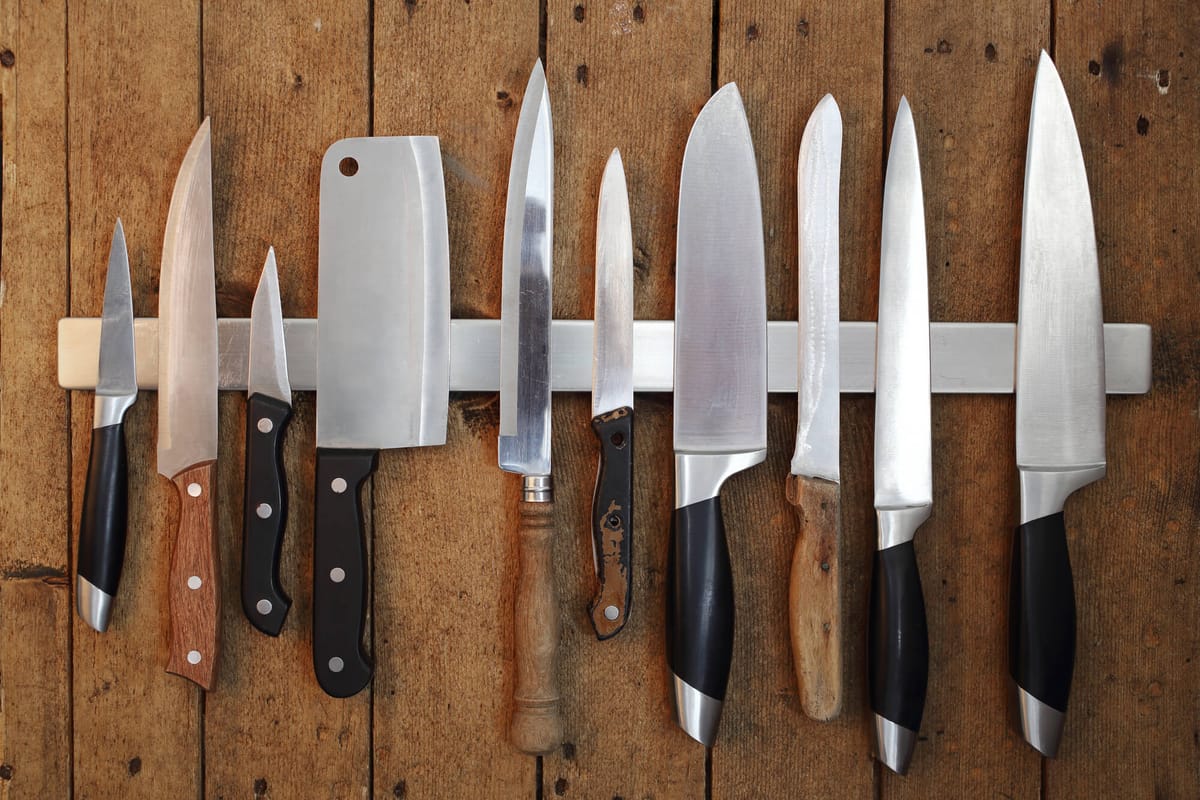As we strive for a more sustainable lifestyle, integrating eco-friendly practices into our daily routines becomes increasingly important. Meal prep, a cornerstone of modern healthy living, presents a perfect opportunity to embrace sustainability. This guide aims to navigate the transition to using reusable food storage in meal prep, offering practical advice, tips, and solutions to common challenges. By making small, mindful changes, we can significantly reduce our environmental footprint, one meal at a time.
In This Article
- Planning Your Eco-Friendly Meal Prep
- Choosing the Right Reusable Containers
- Organizing Your Kitchen for Sustainability
- Prepping Meals in Reusable Containers
- Maintaining Your Reusable Food Storage
- Overcoming Challenges with Eco-Friendly Meal Prep
- Call to Action
Planning Your Eco-Friendly Meal Prep

Embracing Sustainability in Meal Planning: Begin your eco-friendly journey by focusing on meal plans that prioritize minimal waste. Opt for batch cooking, which not only saves time and energy but also reduces food waste. Incorporate whole foods into your diet, as they come with less packaging than processed foods, and are healthier for both you and the environment.
Recipe Selection: Choose recipes that are conducive to reusable storage options. Look for meals that can be easily stored, frozen, and reheated without compromising on taste or texture. Soups, stews, casseroles, and grain-based dishes are excellent candidates for eco-friendly meal prep, as they store well in various types of reusable containers.
Choosing the Right Reusable Containers
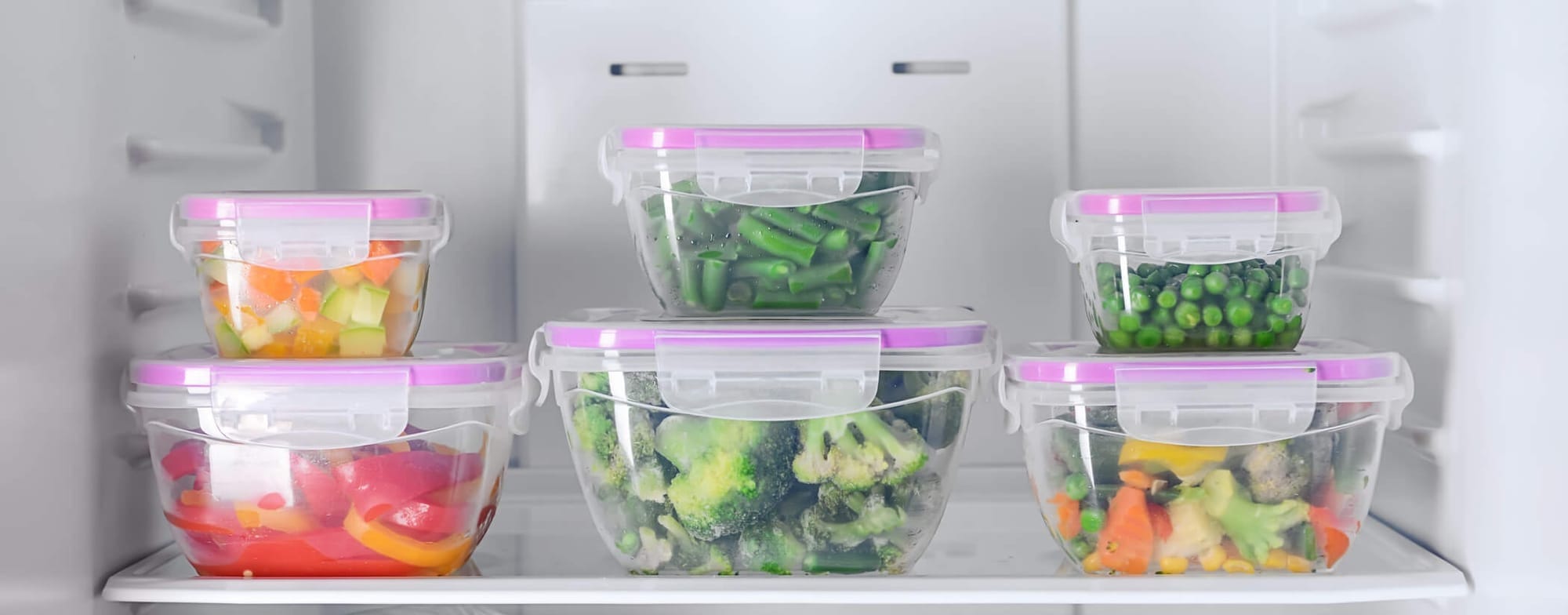
Container Selection Guide: The key to effective meal prep lies in selecting the right containers for your food. Glass containers are ideal for oven-to-table dishes and are microwave safe for easy reheating. Silicone bags offer flexibility and are perfect for freezing portions of soups, sauces, or chopped vegetables. Stainless steel containers are durable and excellent for packing lunches or snacks on the go.
Material Advantages: Each material has its unique advantages. Glass is non-porous, preventing flavor transfer and staining. Silicone is lightweight and collapsible, saving valuable kitchen space. Stainless steel is practically indestructible, making it a long-term investment for your kitchen. Consider your meal prep habits and storage needs when choosing containers, balancing practicality with your sustainability goals.
Organizing Your Kitchen for Sustainability
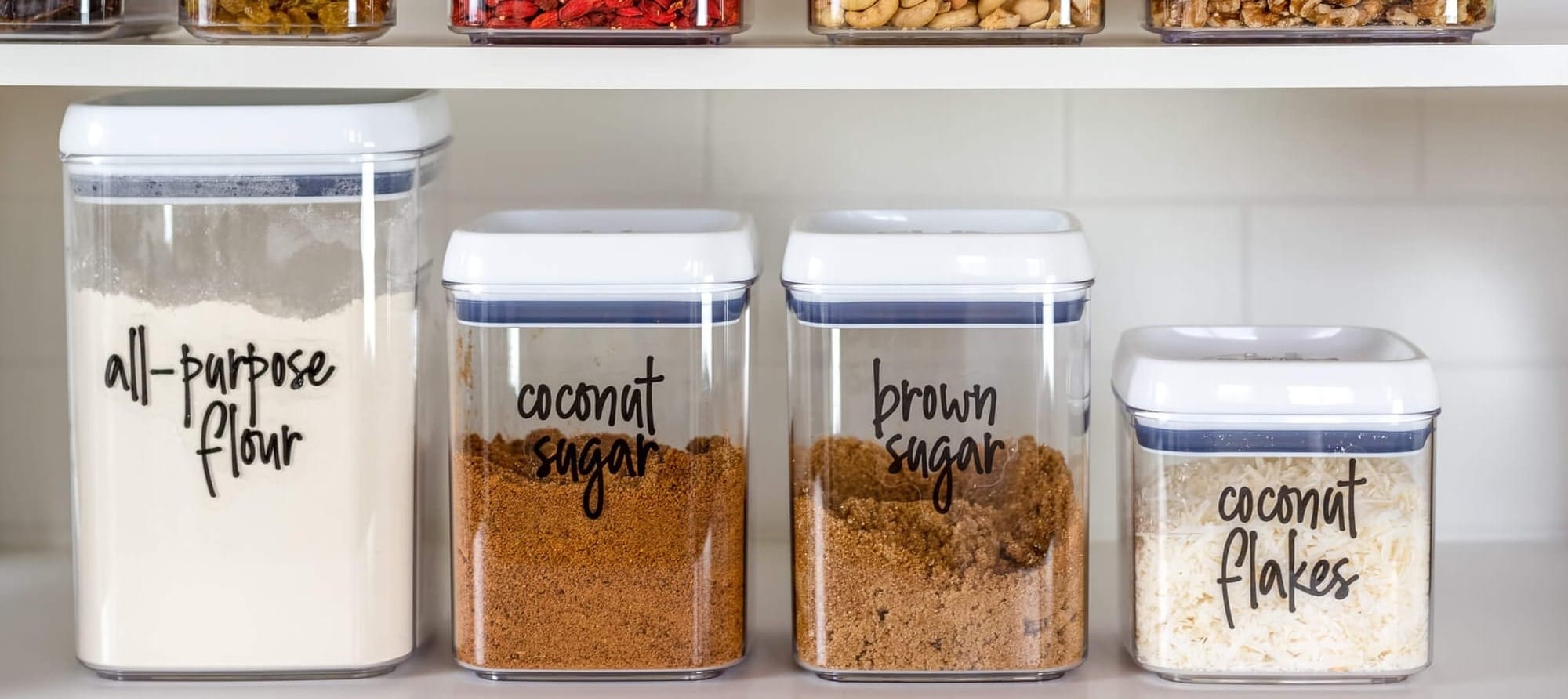
Efficient Kitchen Organization: A well-organized kitchen is the cornerstone of efficient, eco-friendly meal prep. Designate specific areas for your reusable containers, keeping them easily accessible. Invest in a variety of sizes to suit different storage needs, from individual meal portions to bulk storage of ingredients.
Sustainability Tips: To keep ingredients fresh without plastic, explore natural alternatives like beeswax wraps for cheese, bread, and produce, or use cloth produce bags for shopping and storage. Labeling containers with contents and dates can help track freshness and reduce waste. Embrace a minimalist approach, keeping only what you use regularly to avoid clutter and make eco-friendly choices easier to maintain.
Prepping Meals in Reusable Containers
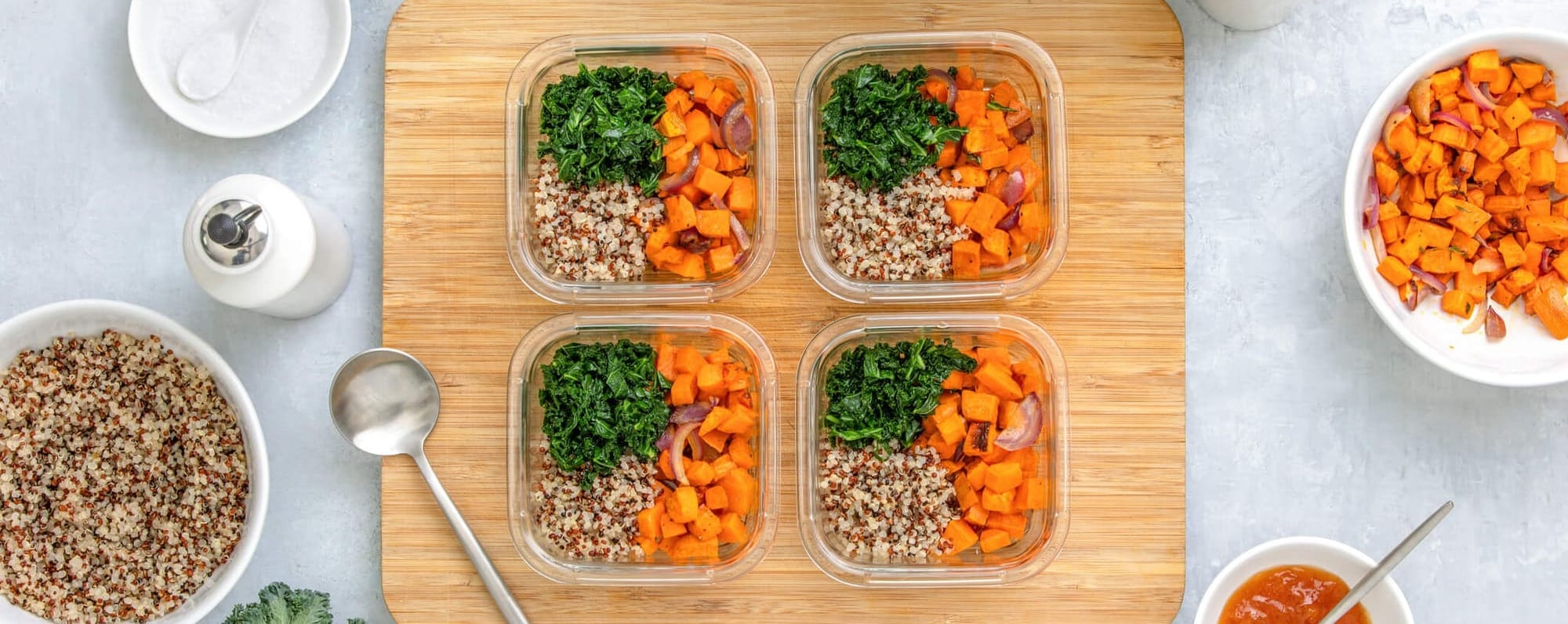
Transitioning to eco-friendly meal prep is not just about choosing reusable containers; it's also about adapting your meal preparation to fit a more sustainable lifestyle. Here's how to get started with prepping meals that are both delicious and environmentally friendly.
Step-by-Step Guide:
- Choose Versatile Recipes: Opt for recipes that can be easily stored, reheated, and served all in the same container. Casseroles, stews, and grain bowls are great examples.
- Batch Cooking: Prepare large quantities of meals at once. This not only saves time but also reduces energy consumption. Divide the meals into portions and store them in your reusable containers.
- Layering for Freshness: When assembling meals, place ingredients that will be eaten last at the bottom and those consumed first on top. This technique is especially useful for salads to keep greens fresh.
- Labeling: Use a non-permanent marker to label containers with the contents and date of preparation. This helps in keeping track of what’s available and ensures food is used within its optimal freshness period.
Eco-Friendly Recipes:
- Quinoa Salad: Mix cooked quinoa with diced vegetables, beans, and a simple vinaigrette. Store in glass containers for a refreshing lunch option.
- Vegetable Stir-Fry: Prep your favorite veggies and meat/tofu, then stir-fry and store in silicone containers. Serve over pre-cooked rice for a quick meal.
- Overnight Oats: Combine oats, plant-based milk, chia seeds, and maple syrup in stainless steel containers. Top with fresh fruits before serving.
Maintaining Your Reusable Food Storage
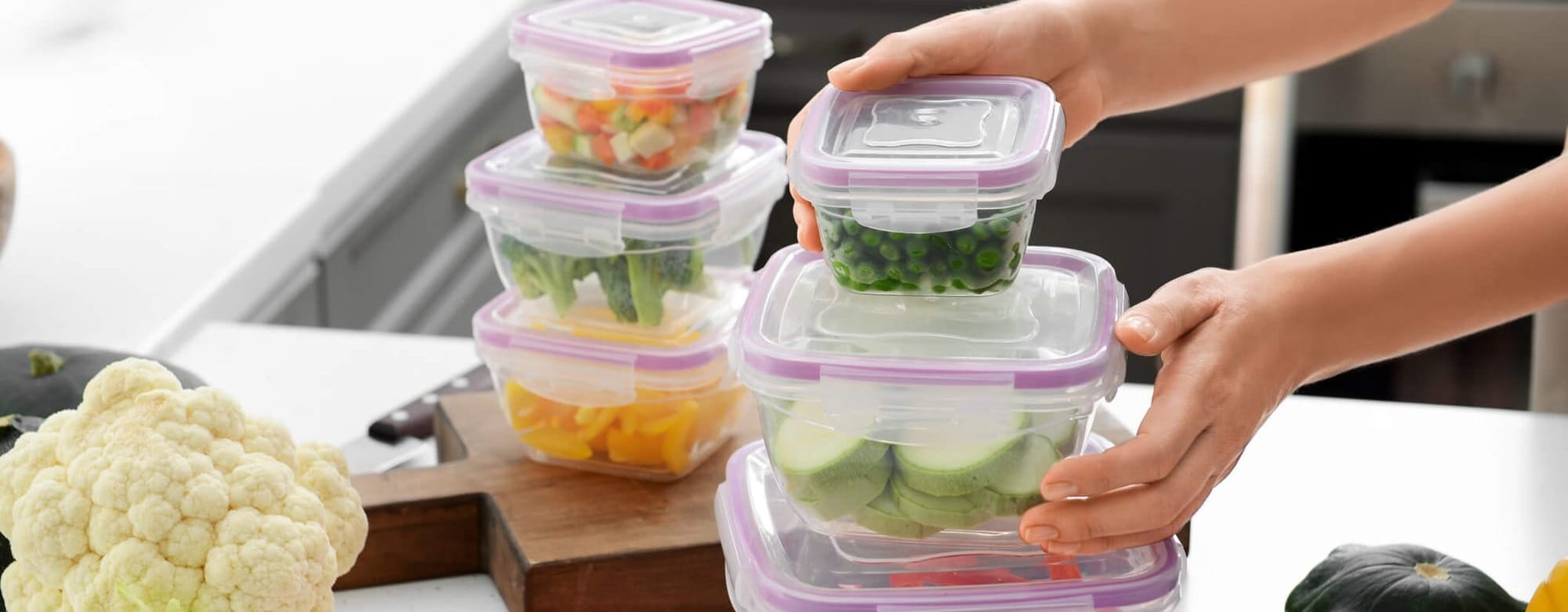
Proper care of your reusable containers is crucial for their longevity and for maintaining food safety. Here’s how to keep them in top condition:
Cleaning Tips:
- Glass Containers: Most glass containers are dishwasher safe. For stubborn stains, soak in warm soapy water before washing.
- Silicone Bags: Turn silicone bags inside out to clean all nooks. They can be washed in the dishwasher or by hand with warm soapy water.
- Stainless Steel: Avoid using abrasive sponges on stainless steel. Wash with mild soap and water, and dry immediately to prevent water spots.
Maintenance and Care:
- Inspect Regularly: Check for any signs of wear and tear, such as cracks or warping. Replace any damaged parts to ensure a good seal.
- Store Properly: Keep containers and lids together to avoid losing parts. Stack or nest containers to save space.
- Avoid Extreme Temperatures: While many containers are designed for versatility, avoid exposing them to extreme temperature changes to prevent damage.
Overcoming Challenges with Eco-Friendly Meal Prep
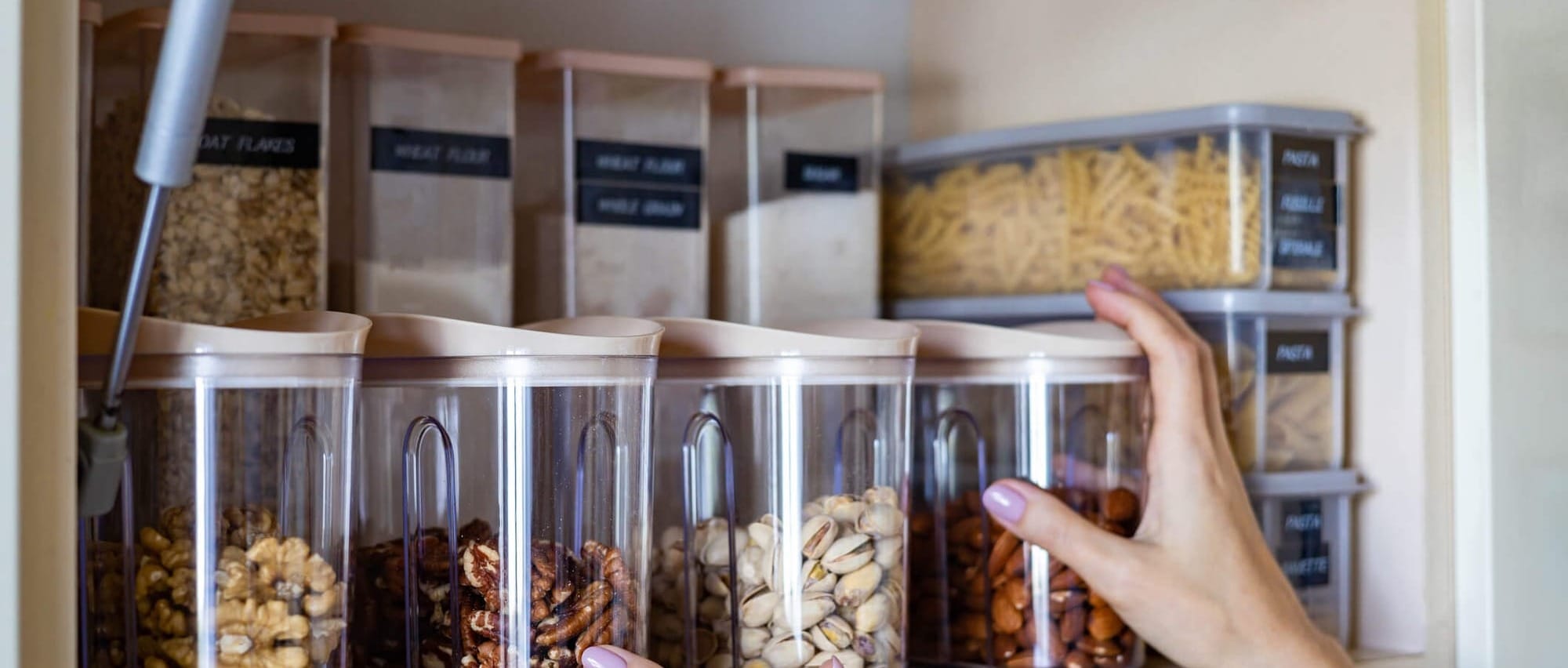
Transitioning to an eco-friendly meal prep routine can come with its set of challenges. Here’s how to tackle some of the most common issues:
Limited Storage Space:
- Solution: Opt for stackable containers and collapsible silicone options to maximize kitchen space. Utilize vertical storage solutions, like shelves and racks, to keep everything organized and accessible.
Budget Constraints:
- Solution: Start small by replacing items as they wear out or by focusing on the products you use most frequently. Look for sales, bulk deals, or second-hand options to gather a collection of reusable containers without breaking the bank.
Time Management:
- Solution: Dedicate a specific day for meal prep to streamline your routine. Use multi-functional containers that can go from freezer to microwave to table to save time on washing and transferring food.
Call to Action
Embracing eco-friendly meal prep with reusable food storage is a journey worth embarking on for both the planet and your well-being. Start small, be consistent, and gradually integrate more sustainable practices into your routine. We’d love to hear about your journey towards eco-friendly meal prep. Share your experiences, challenges, and successes with us. Together, we can inspire a community committed to making a difference, one meal at a time.
